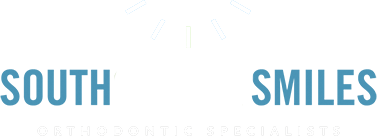
Why Braces
The #1 reason most people come to see an orthodontist is because of dental crowding. Crowding or crooked teeth is the most obvious reason to seek orthodontic treatment, however, there are many other reasons why orthodontic treatment would be recommended.
At South Surrey Smiles, we are committed to giving you not only a beautiful smile, but also a functional bite. Don’t be fooled by straight teeth as they do not always mean a healthy bite. Without proper function, you will be faced with future consequences such as break down and excessive wear of the teeth and even potential tooth loss.
We know that sometimes dental terms can sound intimidating so we have listed some of them below to help you better understand some of the common problems we see.
Of course, these are just a small sample of the most common concerns for needing braces. If you recognize any of these common problems with your own bite – or have concerns that aren’t listed here – please contact us today for a consultation.
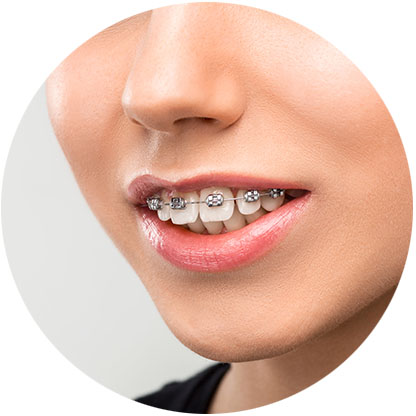
Deep Bite
Deep bite is the excessive vertical overlap of the top and bottom front teeth. When the upper front teeth hang down too far, they are positioned to do more work than they are designed for and cause excessive wear on your front teeth. Over time, this may cause the teeth to look short and result in sensitivity as the inner layers are exposed.
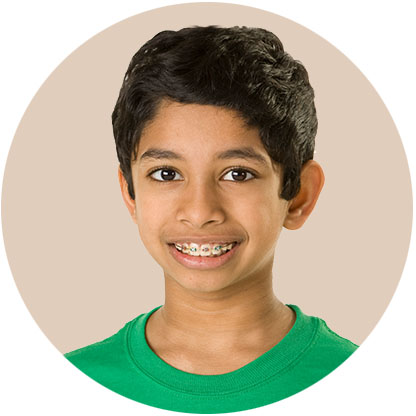
Protrusions
Protruding teeth, or buck teeth, occur when the upper front teeth are pushed forward at a more severe angle than the bottom teeth, causing them to jut out. This is usually caused by the upper jaw growing faster than the lower jaw. Protruding teeth are susceptible to damage, and their unusual appearance can cause issues with self-confidence.
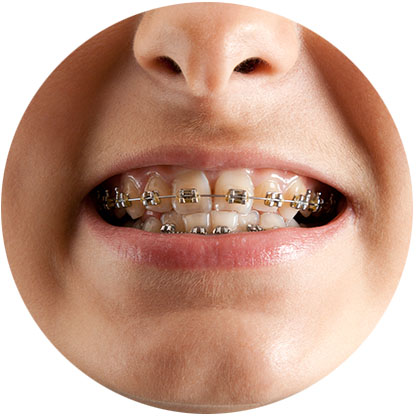
Underbite
The opposite of an overbite, an underbite occurs when the lower teeth overlap the upper teeth. An underbite can cause issues with jaw development, so it’s important to fix them early. This is the perfect reason to bring children in for a free assessment by age 7.
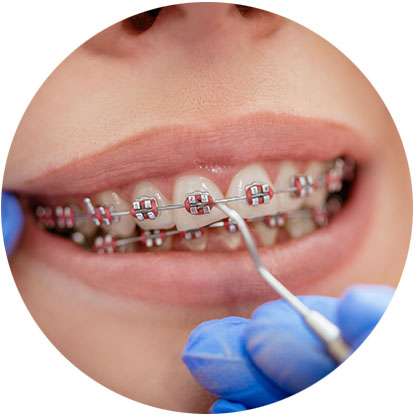
Crossbite
A crossbite occurs when the upper jaw is narrow in relation to the lower jaw. The upper teeth tuck inside the lower teeth when they are biting together. Crossbites can be seen in both the front and back teeth. Crossbites are a severe functional issue that is important to diagnose at an early age. Having a crossbite can make it difficult to bite down normally, which can cause the jaw to grow more on one side than the other. The result is a facial asymmetry (the chin being off to one side rather than in the middle of the face). Crossbites cause wear and tear and strain on the teeth and jaw causing discomfort and deformities within the mouth. Correction of a crossbite is very simple in a growing child because their palates are flexible, however, if left until they are an adult, the palate will fuse and will likely result in a surgical procedure for correction. If your think your child might have a crossbite, be sure to schedule them in for a free assessment.

Open Bite
An open bite occurs when the front teeth don’t touch, even when the jaw is fully closed. In severe cases, there is actually space between the upper and lower teeth even when the back teeth are biting down together. Open bites prevent many teeth from doing any work causing strain on the teeth that are touching since they’re doing all the work. Over time this can result in jaw joint problems, which could mean jaw surgery might be necessary. An open bite can also cause problems with eating and drinking, it is important to treat this as early as possible to prevent further ongoing issues.
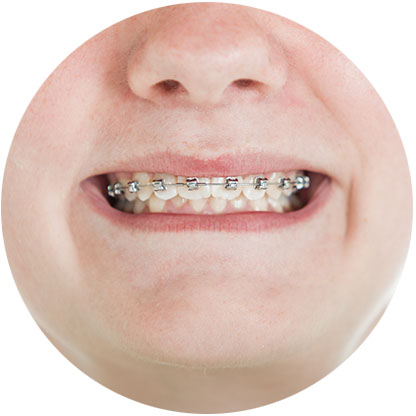
Missing or Impacted Teeth
There are a variety of reasons that people are missing teeth. Some from trauma, some from decay or cavities, and some people are just born without them. At your consultation, we will inform you if you have all of your teeth or if any are missing. It is important to be aware of this early so that you can plan for the future. Without a plan, you will likely be faced with a functional bite issue, as you will not have a matching number of teeth on the top and bottom. It can also create an unfavorable environment for the jawbone if left untreated.
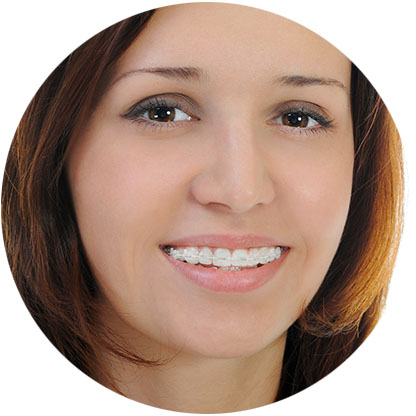
Midline Discrepancy
Midlines are the middle alignment of your teeth. They should be centered, and if midlines are off center it can indicate a problem with your bite.

